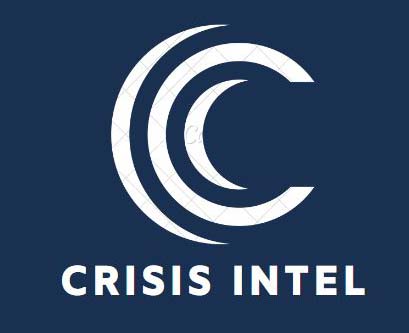Continuous Improvement
in Business Continuity
Program Evaluation:
Exploring methods for evaluating the effectiveness and efficiency of the business continuity program:
- Performance Metrics: Discussing the use of key performance indicators (KPIs) and metrics to measure the performance and success of the business continuity program, such as recovery time objectives (RTOs), recovery point objectives (RPOs), and downtime reduction.
- Audits and Assessments: Highlighting the importance of conducting regular audits and assessments to evaluate the compliance, effectiveness, and adherence to established standards, regulations, and best practices.
- Feedback Mechanisms: Discussing the implementation of feedback mechanisms, such as surveys, interviews, or focus groups, to gather input from stakeholders and participants in the business continuity program.


Lessons Learned and Best Practices:
Discussing the importance of capturing lessons learned from real-world incidents, industry trends, and benchmarking to continuously improve the business continuity program:
- Incident Analysis: Exploring the process of analyzing and learning from past incidents, near misses, or disruptions to identify areas for improvement and prevent similar incidents in the future.
- Industry Trends and Best Practices: Highlighting the importance of staying informed about industry trends, emerging technologies, and best practices in business continuity to incorporate relevant advancements into the program.
- Benchmarking: Discussing the practice of comparing the organization’s business continuity program with industry peers or recognized standards to identify gaps and opportunities for enhancement.
- Suggested Image: An image representing lessons learned and best practices, such as a team analyzing incident reports and conducting root cause analysis, employees participating in industry conferences or workshops, or visual depictions of benchmarking processes.
Program Review and Update:
Highlighting the need for regular program review and update to ensure the business continuity program remains aligned with evolving risks, changes in the business environment, and emerging technologies:
- Risk Assessments: Discussing the importance of conducting periodic risk assessments to identify new threats, vulnerabilities, or changes in the business landscape that may impact the effectiveness of the program.
- Change Management: Exploring the integration of change management processes to ensure that updates, modifications, or enhancements to the program are effectively implemented and communicated.
- Technology Advances: Highlighting the consideration of emerging technologies, such as cloud computing, data analytics, or automation, to enhance the efficiency and effectiveness of the business continuity program.
- Suggested Image: An image representing program review and update, such as a team reviewing the business continuity program documentation, employees adapting to technological advancements, or visual depictions of risk assessments and change management processes.

